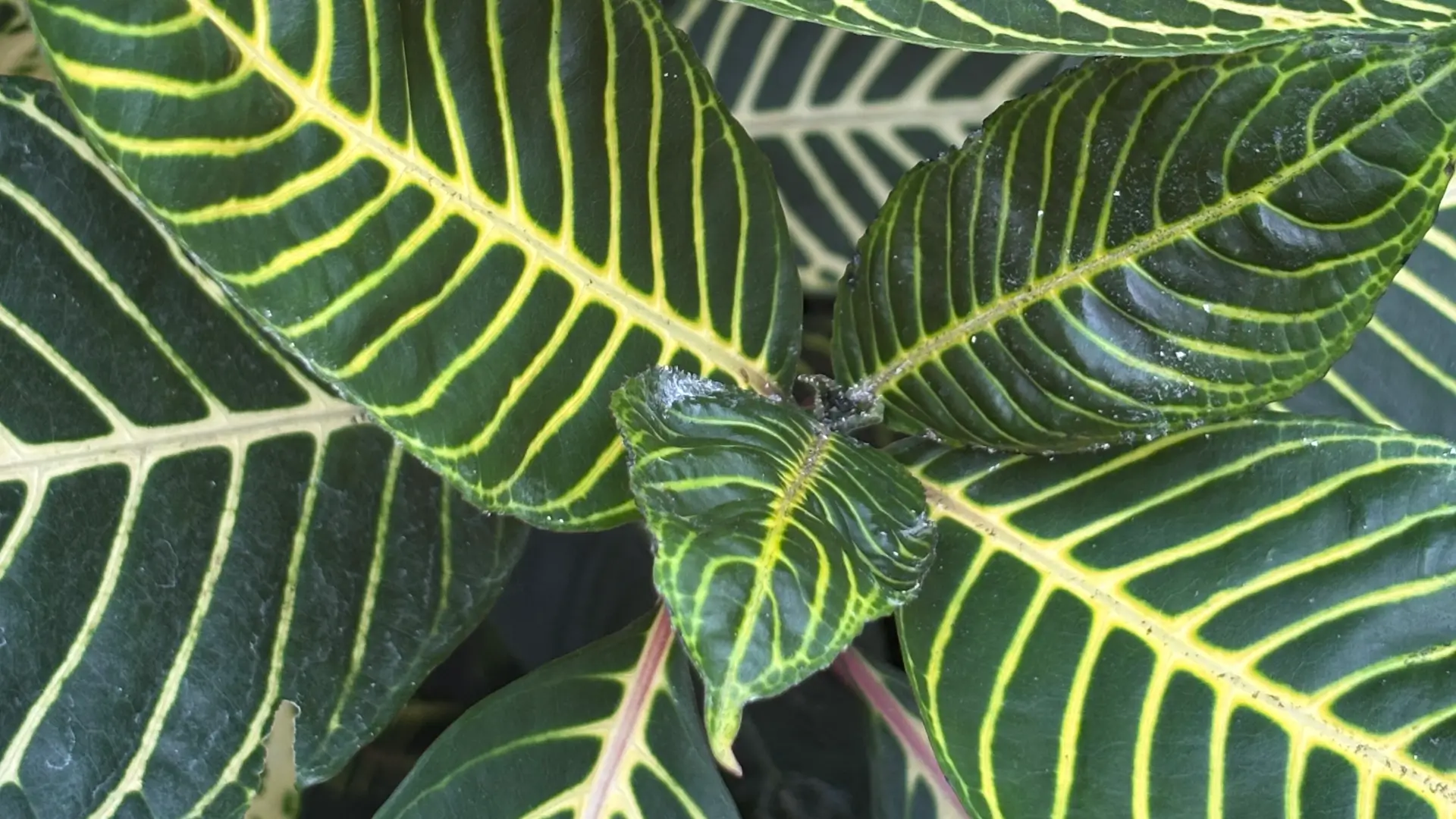Manually organizing a growing photo collection can feel like an endless chore—scrolling through folders, tagging images by hand, and hunting for specific shots wastes valuable time. By harnessing local AI models to analyze visual content, you can automate categorization and keyword assignment without sending your private images to the cloud. These lifehacks will guide you through selecting lightweight on-device AI frameworks, preparing your image library for batch processing, customizing your own tag sets, and integrating the results into your favorite photo manager. With a few clever tweaks, every new picture you add can be automatically sorted into albums like “Vacation,” “Pets,” or “Work Event,” leaving you free to focus on capturing memories instead of managing them.
Choosing and Installing a Local AI Framework

To keep your photos private and avoid per-image API fees, run an AI model entirely on your own machine. Lightweight solutions—such as the open-source CLIP model combined with a small classifier or a local deployment of MobileNet—offer fast image recognition on modest hardware. A simple lifehack is to install a Python environment via Anaconda, then use pip to add torch, torchvision, and transformers. Load the CLIP model once at startup, then feed each image through a batch-processing script. Because the model runs locally, you avoid slow network calls and maintain full control over your data. Next, test a handful of sample photos to confirm that the model’s built-in labels—like “beach,” “dog,” or “meeting”—match your organizational needs before scaling up to your entire library.
Preparing Your Photo Library for Batch Analysis
Before running AI tagging, structure your photos into a predictable folder or database so your script can iterate efficiently. Create a “ToTag” directory where new images land—either by automating your camera import process or by dropping files there manually. In your tagging script, traverse the directory tree, skipping already-tagged images using a simple flag file or a metadata check. As each image is processed, write the generated labels into the photo’s metadata (EXIF/IPTC) using a tool like piexif or exiftool. This lifehack ensures your tags travel with the file, so any application that reads metadata—Lightroom, Apple Photos, or Digikam—can immediately sort and filter based on the new labels without additional configuration.
Customizing Tag Sets and Filtering Results
Default AI labels can be broad or inconsistent, so refine them to suit your personal categories. After obtaining raw labels from your model, apply allow- and block-lists in your script: remove generic terms like “object” or “outdoor” and boost domain-specific keywords—“hiking,” “family_reunion,” or “product_shot.” You can also map multiple related labels into a single tag group: if the model returns “dog,” “puppy,” or “canine,” consolidate them under “Pets.” Another lifehack is to assign confidence thresholds (for example, only accept tags above 0.7 probability), reducing noise and ensuring only the most relevant labels are applied. By refining your tag set, you maintain a tidy, meaningful taxonomy that mirrors how you think about your photo collection.
Integrating Automated Tags into Your Workflow

Once your images carry accurate metadata, let your photo manager do the heavy lifting: create smart albums or saved searches that automatically gather files by tag. In Adobe Lightroom, set up keyword-based collections—so any photo tagged “Vacation” or “Beach” appears instantly in those albums. On macOS, define Smart Folders in Photos that filter by IPTC keywords. For Linux users, build a simple indexer with Recoll or Tracker to enable desktop-wide searches by your AI-generated labels. As a final lifehack, schedule your tagging script to run daily via cron or Task Scheduler—any new photos you add to “ToTag” will be organized even before you open your photo app. With this end-to-end automation, your library remains perfectly sorted without extra clicks.
By following these lifehacks—running a local AI model, batch-processing photos, tailoring tag sets, and leveraging smart albums—you’ll transform your photo library into a self-organizing system. Every image you capture can find its place automatically, leaving you to enjoy your memories instead of wrestling with file names and folders.





